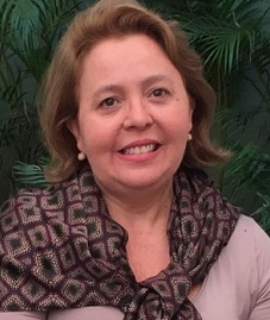Title: Diagnosis and treatment of root resorption after trauma and reimplantation: Surgical approach with the bone ring technique
Abstract:
The rehabilitation of the anterior area after traumatic events represents one of greatest challenges in Restorative Implantology. Circumstances inherent to the morphology and local tissue architecture require a regenerative approach that ensures optimal soft and hard tissue augmentations around implants. The feasibility of the chosen regenerative technique should be taken into account since the amount of surgical reopenings may cause residual scarring defects and result in a longer treatment. The clinical case to be presented refers to an implant rehabilitation of a 22 years old female patient who was diagnosed with root resorption due to reimplantation after dental avulsion of unit 21. Clinical examination revealed absence of painful symptomatology and inflammatory signs such as bleeding on probing, tissue erythema or alteration on the colour of the tooth, which could suggest pulp necrosis. However, the imaging examination revealed root resorption area of the unit 21 with buccal wall bone involvement, which led us to elect for the extraction of the compromised tooth, followed by bone grafting with demineralized corticocancellous fresh frozen allograft using the Bone Ring technique and then, immediate installation of Nobel ReplaceÒ Tapered Groovy NP 13,5mm x 16mm implant. Provisional restoration was made utilizing the natural removed tooth as a provisional crown. All surgical planning was performed using Nobel ClinicianÒ software. After 06 months, surgical reopening of the area was done for implant impression in order to prepare a screwed temporary acrylic crown, thus, enabling conditioning of the gingival tissue. Subepithelial connective tissue graft was also performed aiming at soft tissue volume improvement. The definitive crown was installed after 01 year and 07 months of implant surgery. The patient returned after a 03-year follow-up showing clinical and radiographic signs compatible with normality, soft and hard tissue maintenance around the implant, peri implant health and preserved tissue architecture. Despite the challenge facing prosthodontics on reproducing symmetry as closest as the adjacent tooth, the patient was satisfied with the functional and aesthetic result of the treatment. The chosen technique for the case resolution provided in a single surgical approach a three-dimensional regeneration of the buccal wall bone and placement of the implant, thus benefiting the patient with less surgical sessions and reduced cost.




